Coral reefs are formed by little animals called coral polyps – think of them as tiny inverted jellyfish – that excrete calcium which forms the limestone skeleton on which they live. This is what we think of as a coral reef.
There are lots of different types of these creatures and therefore, lots of different types of corals.
Scuba divers and snorkelers from all parts of the world flock to the Great Barrier Reef and book a tour to see all these corals and the marine life that call this World Heritage listed destination home.
Types of coral in the Great Barrier Reef


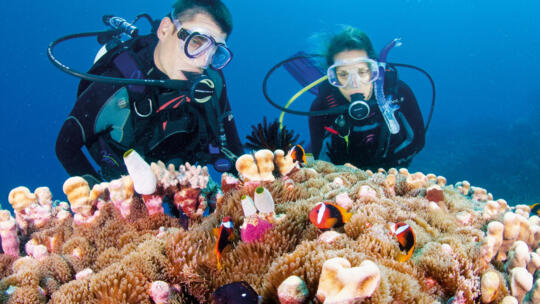
About 600 different types of coral can be found in the Great Barrier Reef, and all of them come in a variety of shapes, sizes and colours.
There are two main types of corals – hard and soft.
Hard corals
Hard corals are the building blocks of a reef. They consist of limestone cases made by coral polyps extracting calcium from seawater. These limestone cases form a ‘house’ for the coral polyp, consisting of a floor, outer walls and a number of internal partitions.
Inside the corals’ clear outer tissues live microscopic algae, which transform sunlight into sugars through Photosynthesis. The hosts help themselves to some of the sugars and gain some colour through the process.
Common types of hard coral on the Great Barrier Reef include brain coral and staghorn coral.
Soft corals
Soft corals are flexible with a jelly-like feel and are often mistaken for plants. They lack a solid skeleton, instead, they are supported by tiny limestone spike-like structures called spicules. They tend to be brightly coloured are more visually striking than the hard corals.
Soft corals have eight tentacles of a feathery appearance, whereas hard corals have six smooth tentacles.
While soft corals do not create a reef, they play a vital role in the coral reef ecosystem. Their branches provide a safe and rich habitat for fish, prawns and sea slugs. Often, these animals are camouflaged by having the identical colour pattern to the soft coral that they live on.
Soft corals are always in danger of being eaten by other animals such as fish, snails and crustaceans. They fight back by producing chemicals in their tissues that make them distasteful or even poisonous to those animals. Soft corals also have spiky spicules which function like thorns on a rose bush.
Reproduction
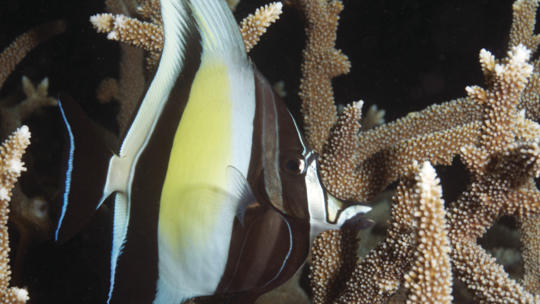
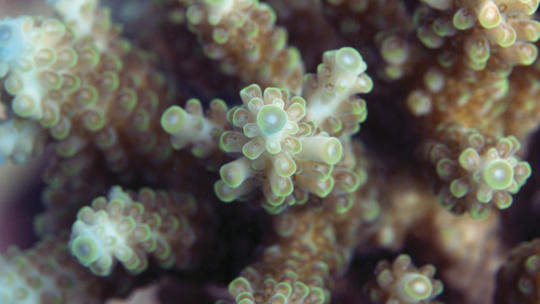

Corals reproduce in two ways: asexually and sexually. Some corals divide to form new individuals. This is known as asexual reproduction.
Sexual reproduction takes place as mass spawning, where polyps release millions of eggs and sperm. Polyps are either male or female or both male and female. After the eggs and sperm are released, they float to the surface. The fertilised eggs that escape predation by other animals hatch into larvae and drift with the plankton. The tiny percent that survives and settles on the reef then begin new coral colonies.
Coral spawning event on the Great Barrier Reef
Over several nights each year, around the full moon in November (exact timing varies), the Great Barrier Reef 'explodes' as corals spawn in a mass synchronised event like no other. You can experience this magical coral spawning event for yourselves on a night dive tour.
Contact us to ask about timings and bookings for a night dive to see the coral spawning on the Great Barrier Reef in Australia.
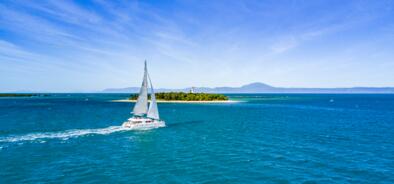
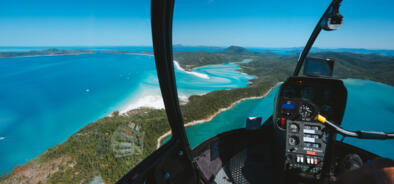
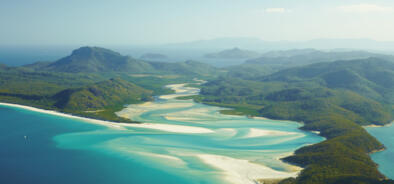
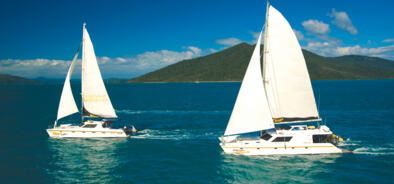
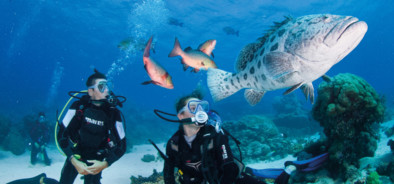
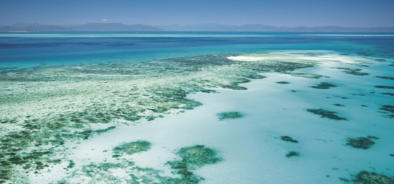
 Whatsapp
Whatsapp Facebook
Facebook
 Instagram
Instagram